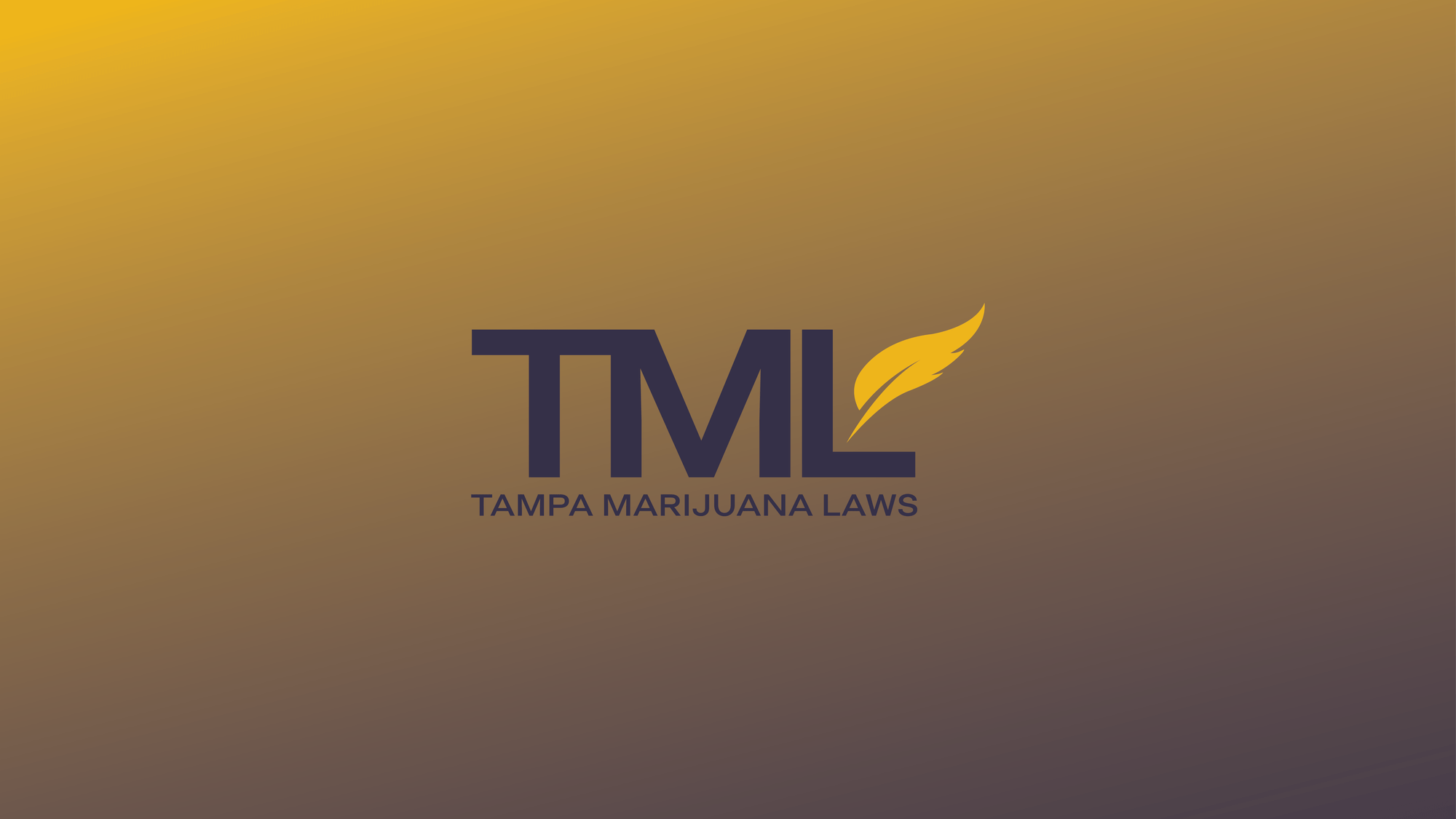As of January 2023, the landscape of marijuana legalization in the United States reflects a dynamic interplay between state and federal policies. While marijuana remains classified as a Schedule I controlled substance at the federal level, indicating no accepted medical use and a high potential for abuse, individual states have progressively enacted laws permitting its use for medical and recreational purposes.
States with Legalized Recreational Marijuana
By January 2023, 21 states and the District of Columbia had legalized the recreational use of marijuana. This movement began in 2012 when Colorado and Washington became the first states to approve recreational use. The states that had legalized recreational marijuana by this time include:
- Alaska
- Arizona
- California
- Colorado
- Connecticut
- Illinois
- Maine
- Maryland
- Massachusetts
- Michigan
- Missouri
- Montana
- Nevada
- New Jersey
- New Mexico
- New York
- Oregon
- Rhode Island
- Vermont
- Virginia
- Washington
- District of Columbia
It’s important to note that while these states have legalized recreational use, the specific regulations governing possession limits, cultivation, and sales vary. For instance, some states permit home cultivation of cannabis plants, while others do not. Additionally, the timeline for establishing retail markets differs, with some states implementing immediate sales and others requiring extended periods to develop regulatory frameworks.
States with Legalized Medical Marijuana
In addition to the states permitting recreational use, 38 states and the District of Columbia had legalized marijuana for medical purposes by January 2023. These medical programs allow patients with qualifying conditions to access cannabis for therapeutic use, often requiring a recommendation from a healthcare provider. The specifics of medical marijuana programs, including qualifying conditions and product availability, differ from state to state.
Federal Perspective
Despite the growing number of states legalizing marijuana in some form, it remains illegal under federal law. The federal government classifies marijuana as a Schedule I substance, indicating a high potential for abuse and no accepted medical use. This classification poses challenges, particularly concerning banking and interstate commerce, as businesses operating legally under state laws may still face federal restrictions.
Future Outlook
The trend toward legalization at the state level suggests a continuing shift in public perception and policy regarding marijuana use. Advocates argue that legalization can lead to economic benefits, including job creation and tax revenue, as well as social justice outcomes, such as reducing incarceration rates for non-violent drug offenses. However, opponents express concerns about potential public health implications and the need for effective regulatory measures.
As of January 2023, several states were considering legislation or ballot initiatives to legalize marijuana in some capacity. The evolving legal landscape indicates that the number of states permitting recreational or medical use is likely to increase in the coming years.
Sources:

